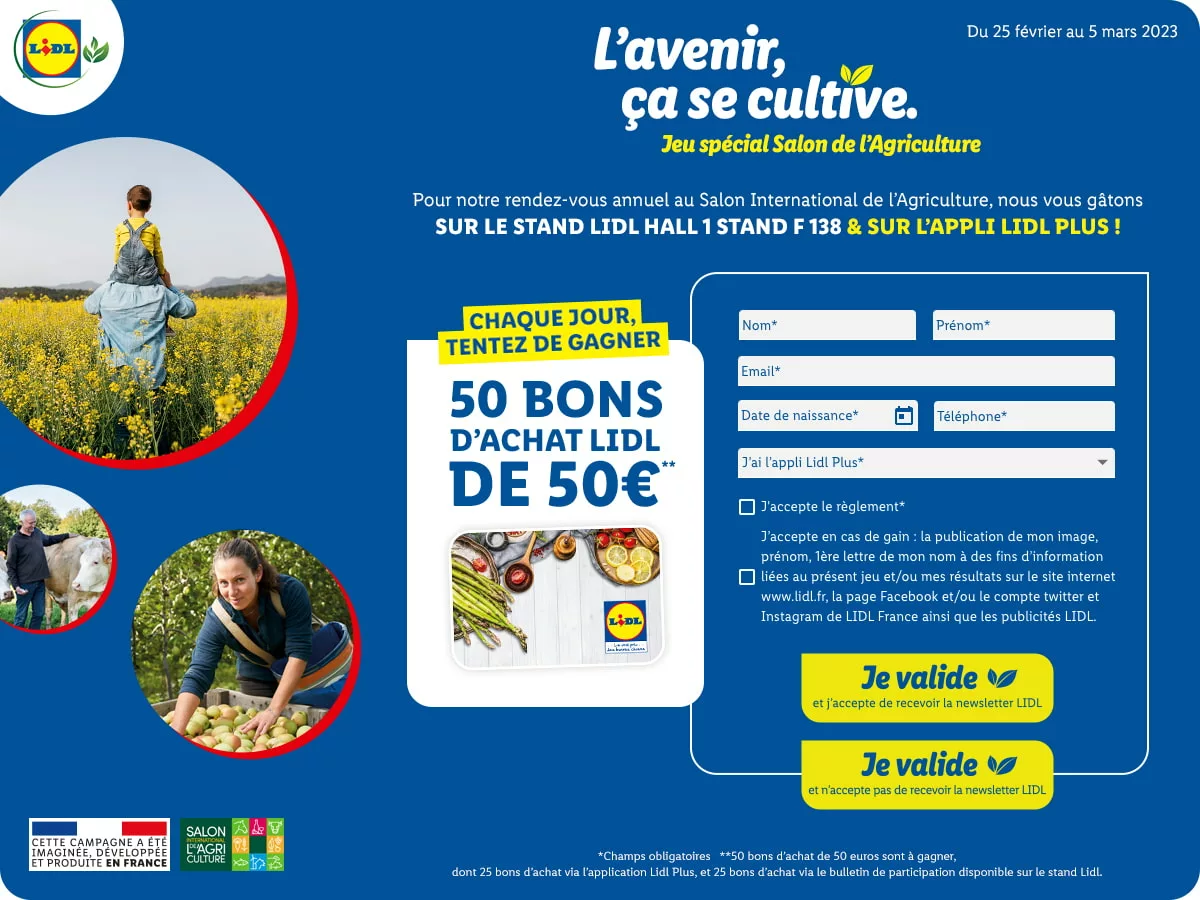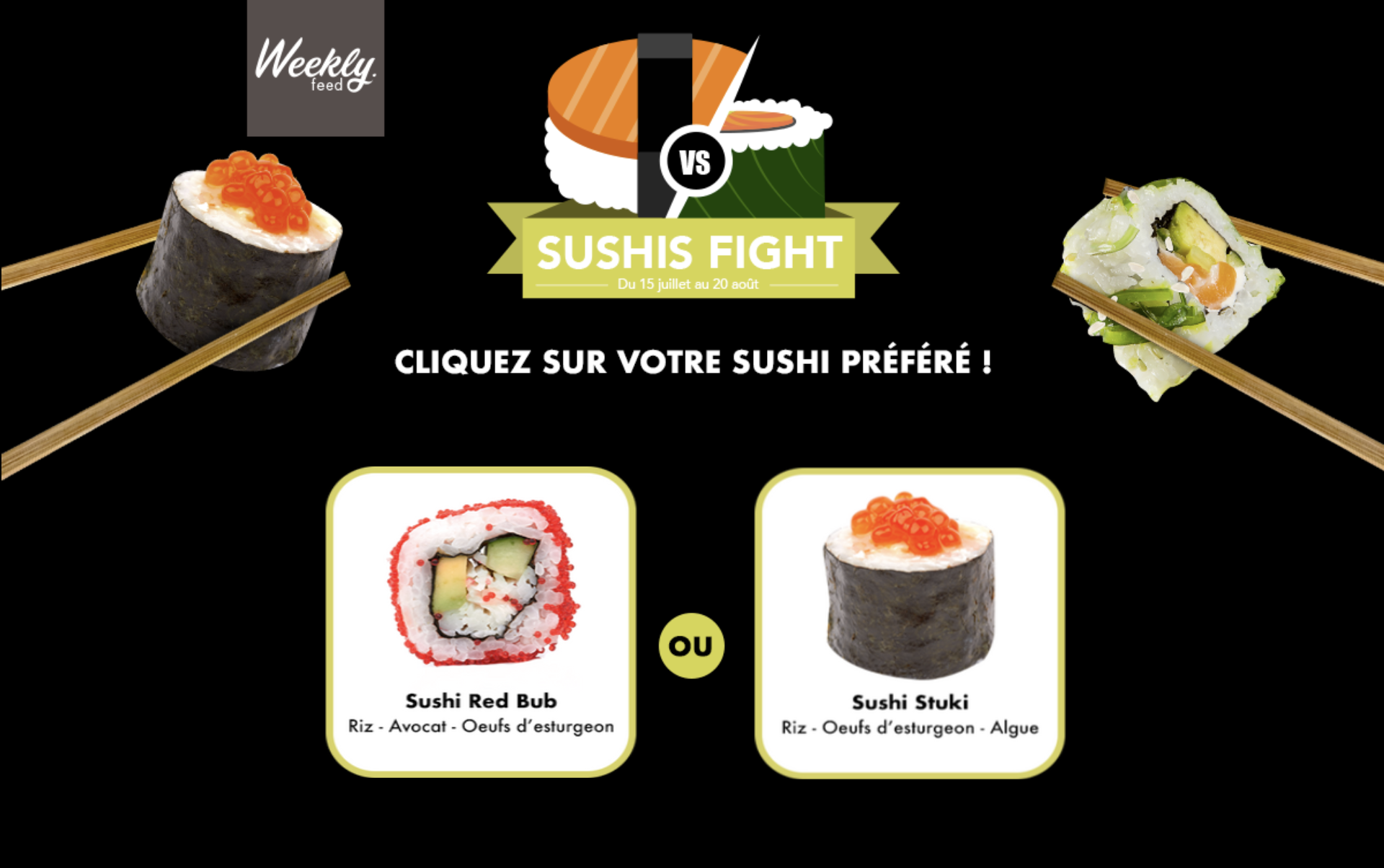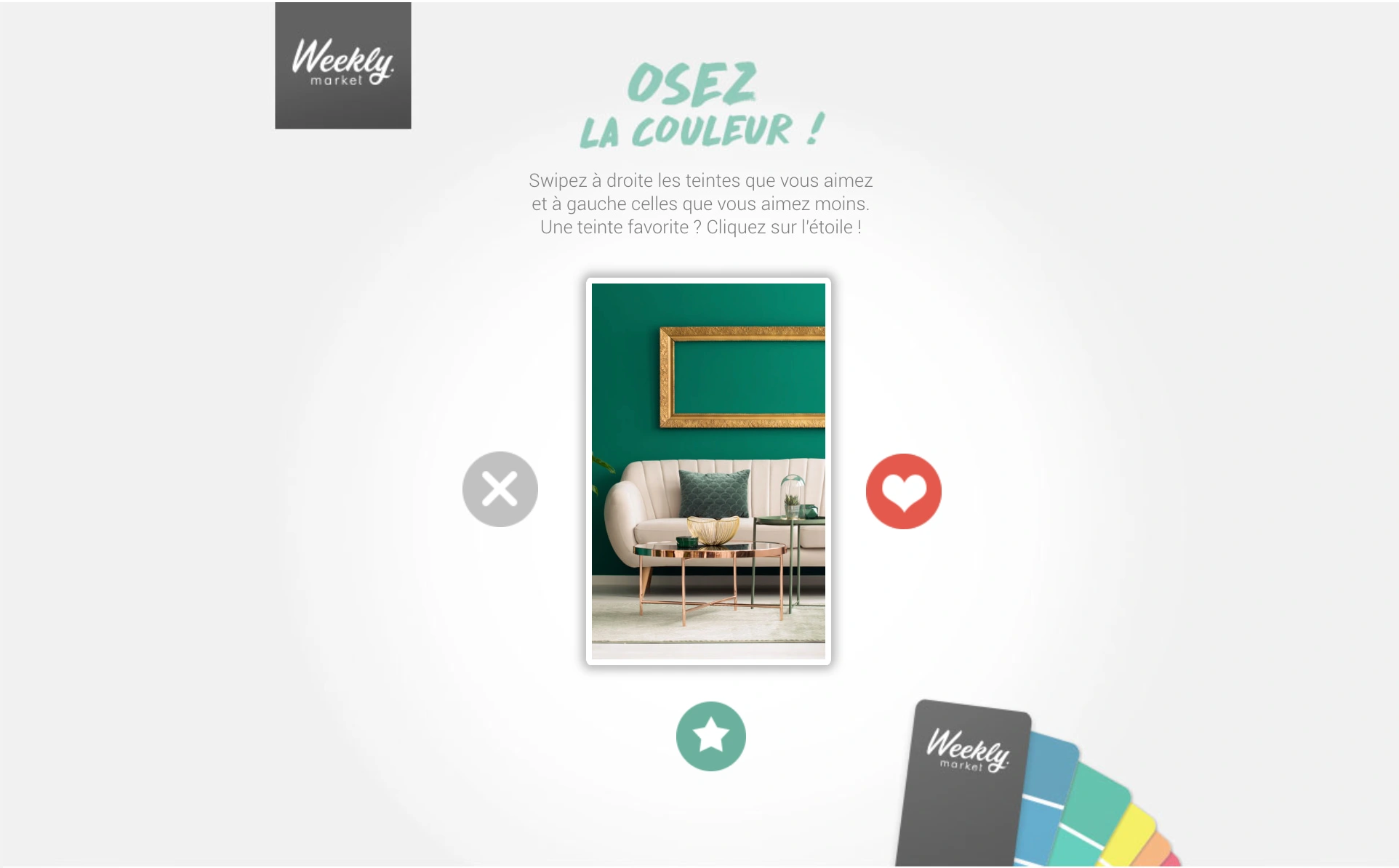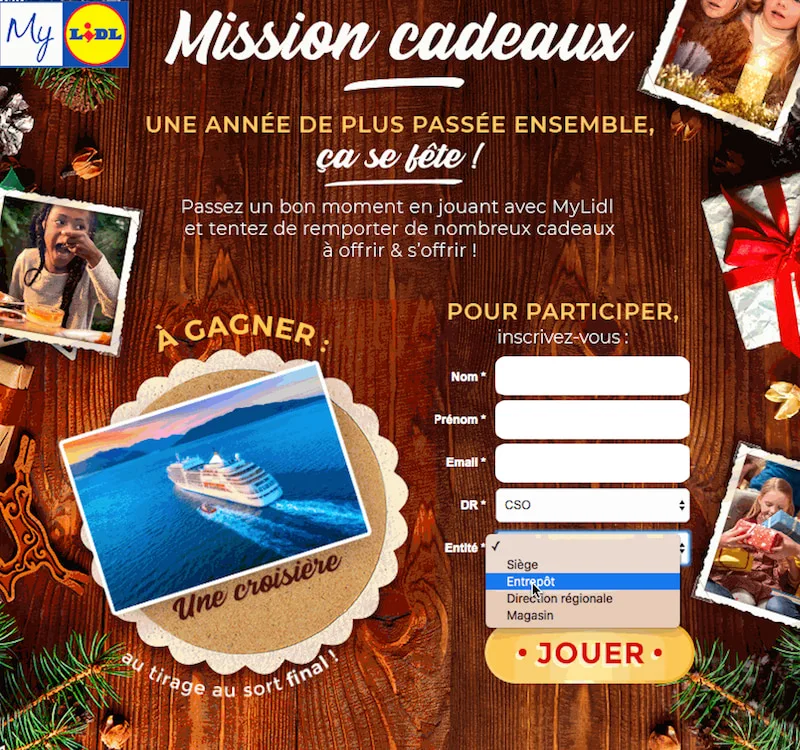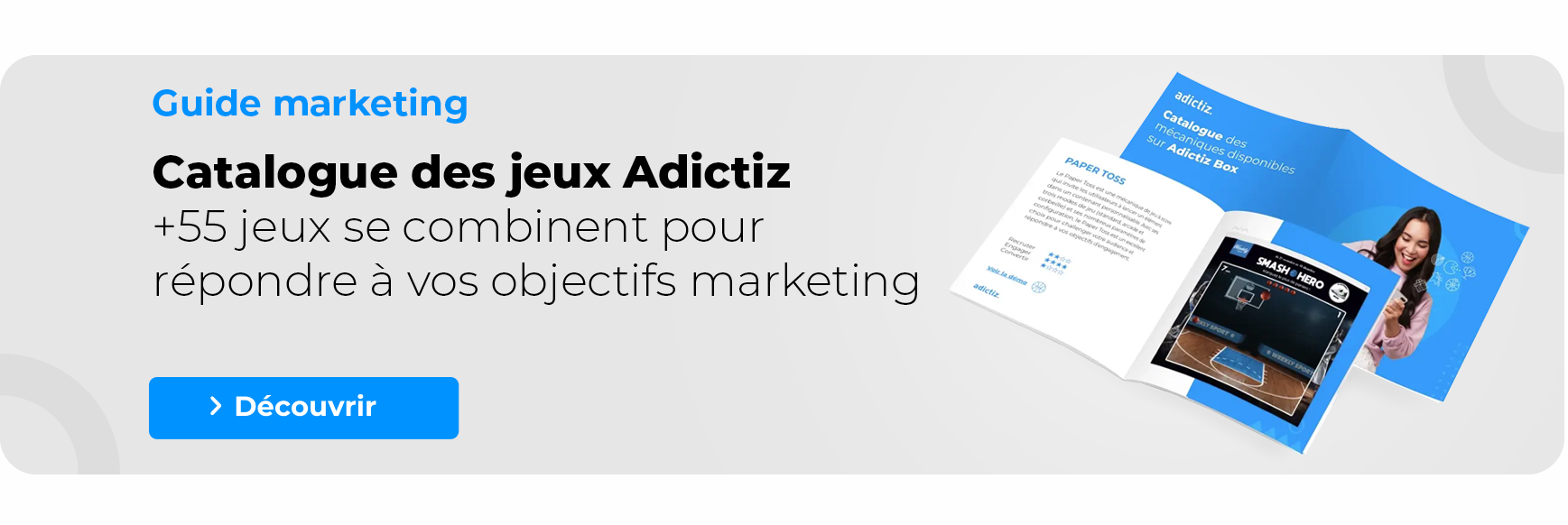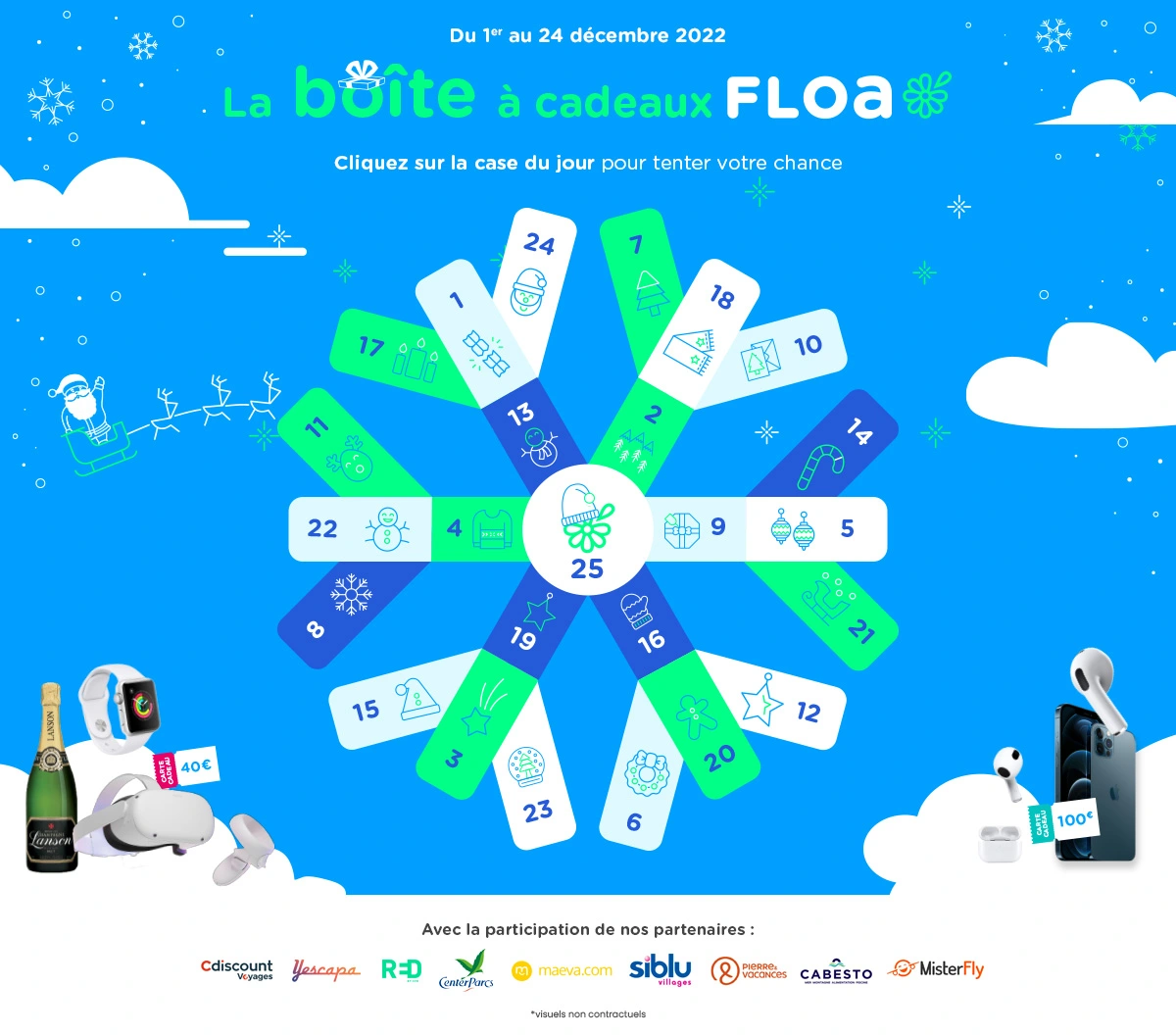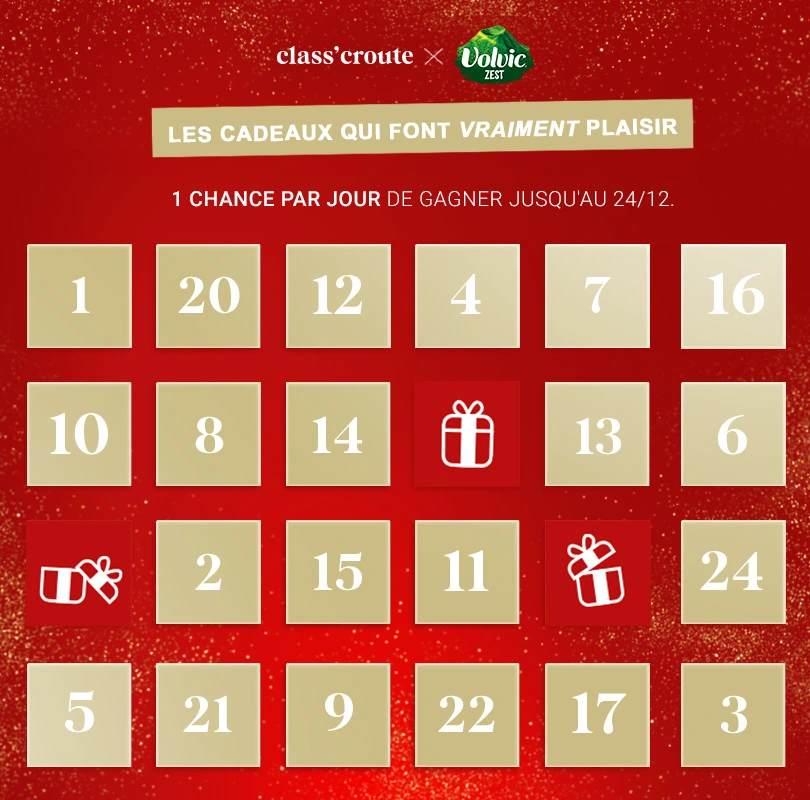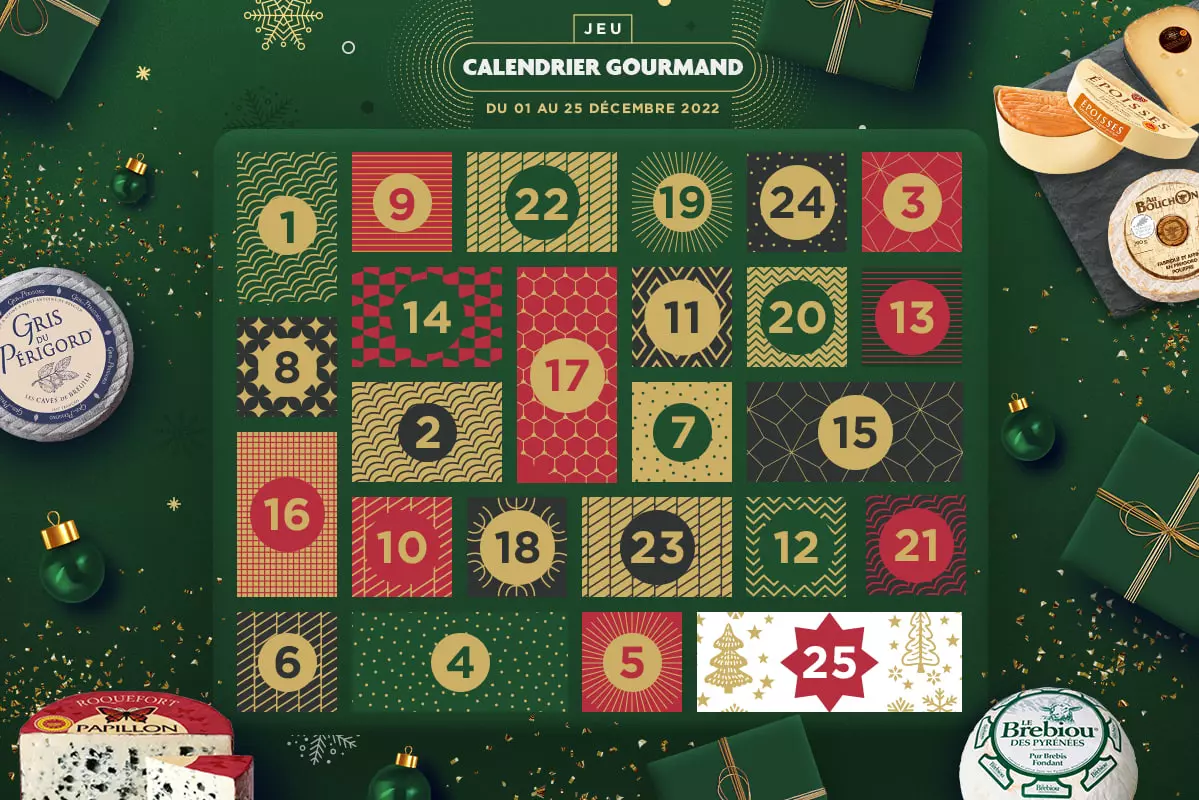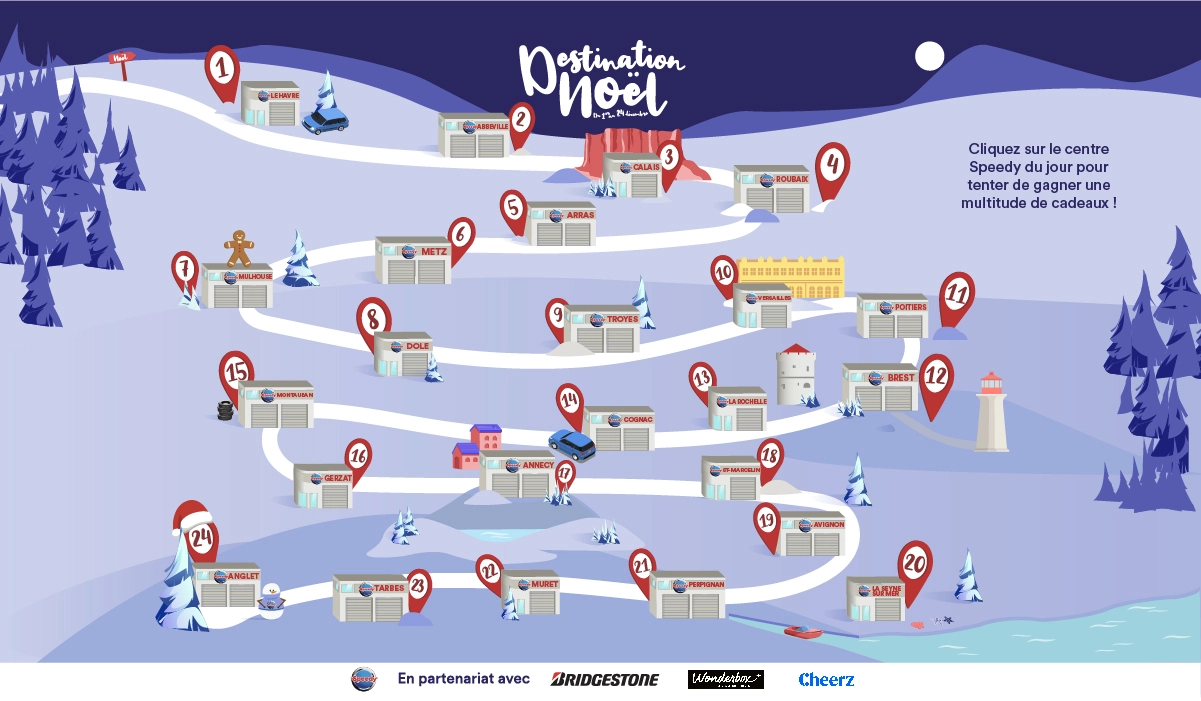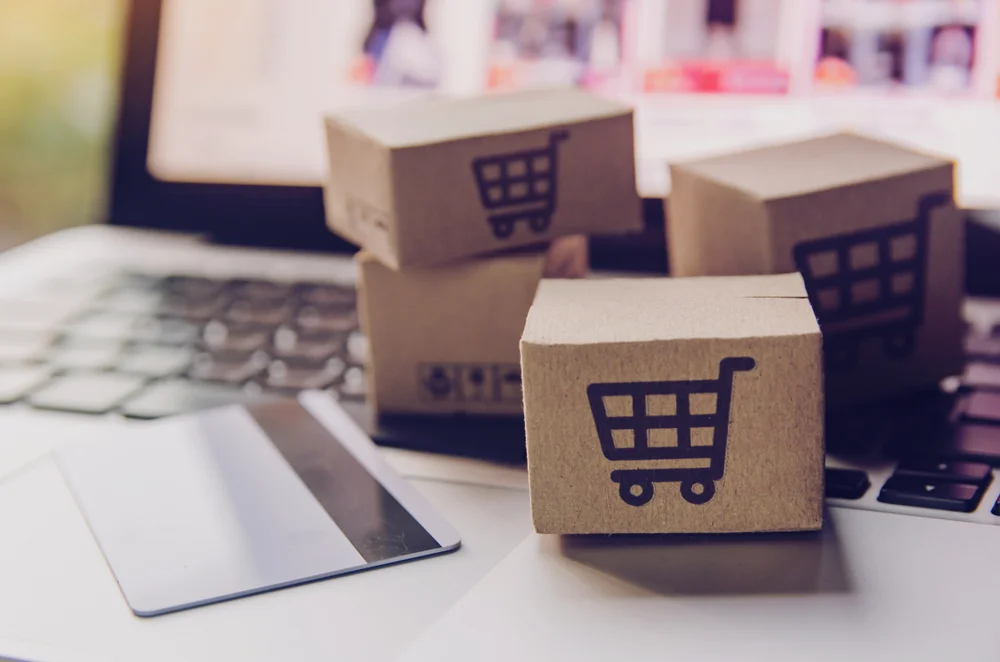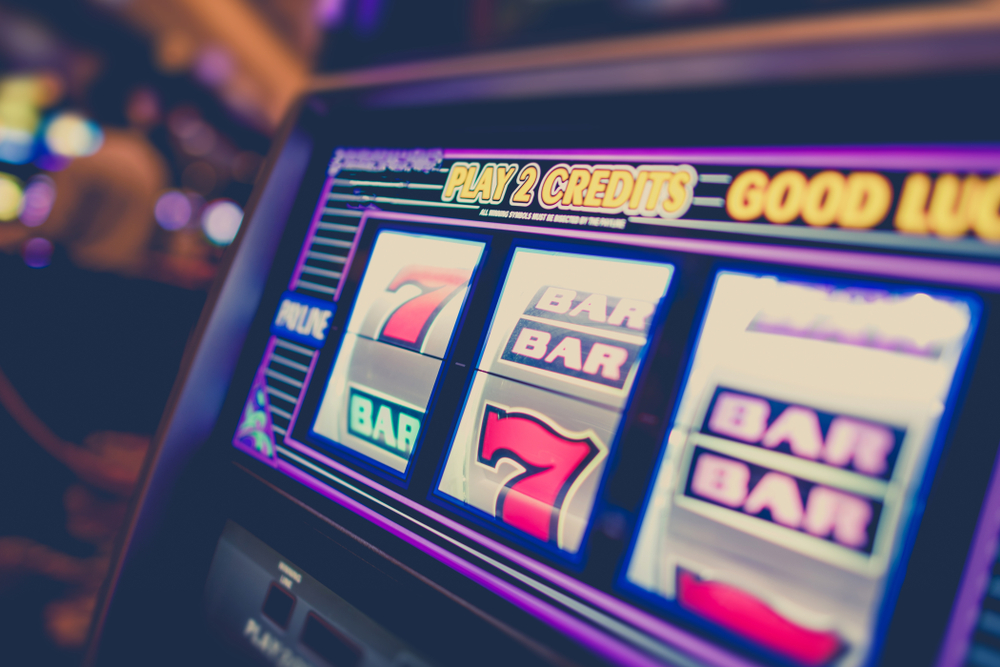
Recruitment method: how and why gamification?
According to a recent study by Opinion Way, 29% of the 56% of companies with recruitment targets are finding it difficult to recruit. Whether it’s advertising, attracting the right profiles or convincing talented people to join their teams, organisations are increasingly exposed to a shortage of staff.
What if the solution to overcoming these challenges and avoiding understaffing was to look to gamification? That’s right, making your recruitment process more interactive and fun can be a good way of standing out from your competitors and attracting the most sought-after to work for your company.
Gamification: an innovative recruitment method
Gamification in recruitment refers to introducing a game mechanic or animation into the recruitment process. The ultimate aim of this strategy is manifold: gamification can be used to attract candidates or to improve their experience so that they don’t give up along the way.
Let’s take an example. In 2004, Google invited candidates to solve a series of equations on the assumption – rightly so – that those with the intelligence and motivation to complete the process would make excellent candidates.
Both parties benefited from adding a fun dimension to the recruitment method. Candidates appreciated being challenged in a more original way than in a traditional job interview. And Google was able to attract a wider range of candidates while selecting the most analytical and persevering profiles.
What are the benefits of gamification in recruitment?
To sum up, introducing gamified elements into the recruitment process can transform the hiring experience into something that is both more entertaining and more productive, for both the recruiter and the recruit.
But let’s look at the companies that choose to recruit through games. In practical terms, this strategy can enable them to :
- simplify and accelerate the talent selection process,
- reduce the drop-out rate,
- but also to highlight the strategic skills of each candidate.
Let’s take a closer look at the virtues of interactive recruitment.
1. Gamification reduces time to hire
Gamification is an excellent time management tool. Games often only take a few minutes for participants and provide recruiters with instant results. This is an excellent way of quickly assessing the relevance of a profile in terms of the skills required for the position.
According to reports from a tech startup, simply replacing the traditional interview process with gamified assessments, such as a coding game, has made their interview cycle 40% faster. Le taux de candidature était également supérieur de 62 %.
2. Gamification of recruitment improves the candidate experience (CX)
Gamified recruitment also makes the candidate experience more enjoyable. It’s an excellent way of presenting the company’s values and encouraging talented people to join its teams.
As game mechanics are, by their very nature, highly engaging, they help to maintain candidates’ interest throughout the recruitment process. The reward (or points) system built into gamification not only helps to motivate participants. But it also makes it easier to keep them until the final selection stage. Their experience is more fun but also reflects an innovative and modern image of the company.
3. Eliminating prejudice in recruitment
No selection process is completely neutral. Nevertheless, gamification is an objective way of selecting candidates.. Ce ne sont pas les impressions du recruteur qui prime, mais les résultats du jeu partagés à l’ensemble des talents. Chacun arrive bien sûr avec ses armes, mais ce sont leurs compétences (aussi bien les hard que les soft skills) qui sont jugées, et non l’image qu’ils renvoient d’eux-mêmes.
The data generated by gamified recruitment experiences gives companies an objective basis for shortlisting the candidates most likely to be suitable for the job. This can be based on ranking by results, but also on each candidate’s interactions with the game.
The gamification of recruitment is all the more interesting for avoiding discriminating against profiles on the basis of their experience. It’s not the companies they’ve worked for or the positions they’ve held that make the difference. But their ability to solve a puzzle, think creatively and find an innovative solution to a complex problem.
Games are therefore set to replace application forms. Rather than asking applicants to upload their CV and covering letter, companies can offer them the chance to answer a quiz or take part in a competition. Les candidats qui sortiront du lot seront non seulement les plus créatifs, mais aussi les plus persévérants et motivés à rejoindre l’entreprise.
The example of Camaïeu X Lena Situations
Following its takeover, Camaïeu decided to make a splash by teaming up with influencer Lena Situations to tease its comeback. But also to give a spotlight to its gamified recruitment campaign run in collaboration with Adictiz.
With the Be Camaïeu* operation, the influencer shared the search for a ‘communications boss’. This exceptional recruitment, which is clearly off the beaten track, is based on a participative approach. Not only are candidates not asked to send a CV, but they are also asked to answer a personality test that highlights their creativity.
But broadcasting the campaign on both the brand’s and the influencer’s social networks also helps to engage their respective communities in the selection process. Members become headhunters, recommending profiles or highlighting those they consider most relevant.
Results :
- The brand received over 2,000 applications, far more than it had estimated;
- The profiles were more junior than for a traditional communications manager. For the company, it’s the assurance of bringing in a breath of modernity in its teams. Mais aussi d’accéder à un pool plus large de talents (qui peuvent s’autocensurer par peur de ne pas être légitimes).
- The press and organic response to the campaign has been spectacular: over 100 articles published (specialist and general press), radio and TV coverage, posts and conversations on social networks.
- The EMV (Earned Media Value) of this operation was valued at 4 million euros.
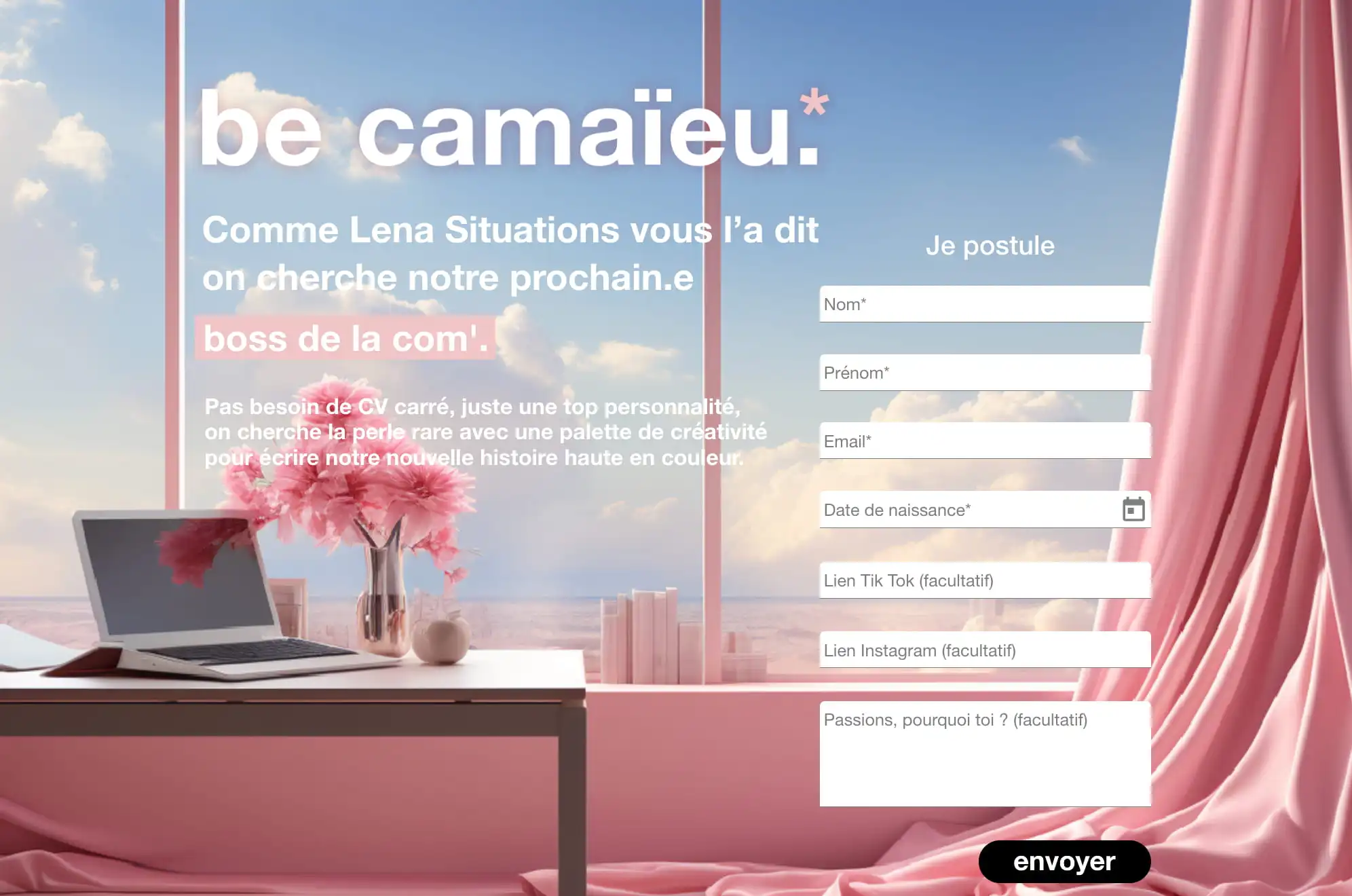
How can you successfully gamify your recruitment method?
To replicate the success of the Camaïeu campaign, we recommend that you :
- Define your objectives. A strategic plan will clearly define the weak points in the current recruitment experience that gamification will help to strengthen. This could mean attracting more candidates, limiting drop-out rates or assessing their skills more effectively;
- Make the game as engaging as possible. Le but principal de l’utilisation d’un jeu n’est pas de dérouter le candidat, mais d engage future employees. Le format utilisé doit donc être pertinent avec le poste proposé, interactif et cohérent avec les valeurs portées par l’entreprise.
- Promote your recruitment game. Disseminating the gamified recruitment experience is crucial to its success. Influencer marketing can be a good way of doing this, as long as you work with a content creator who matches the profile of the candidates you want to reach.



